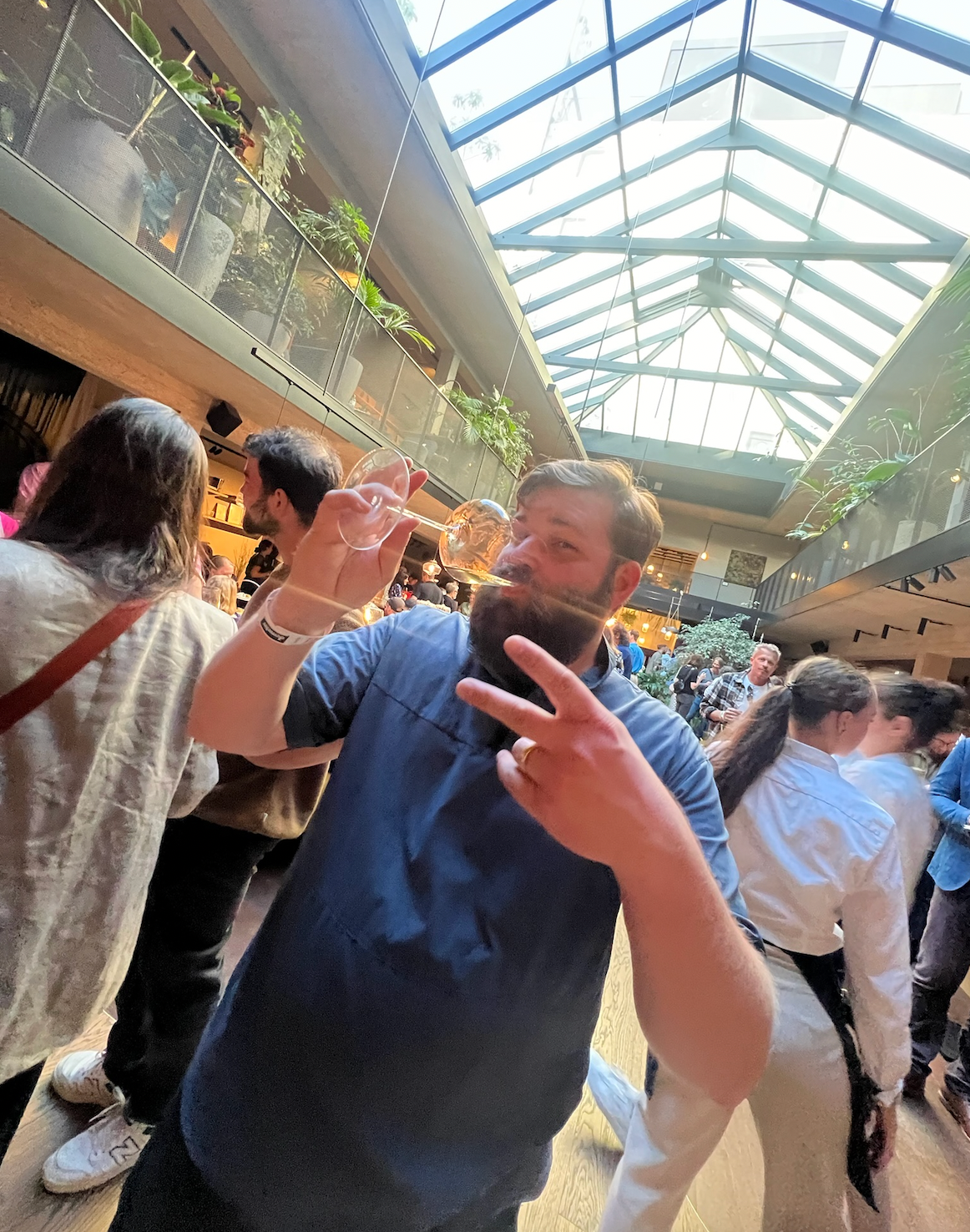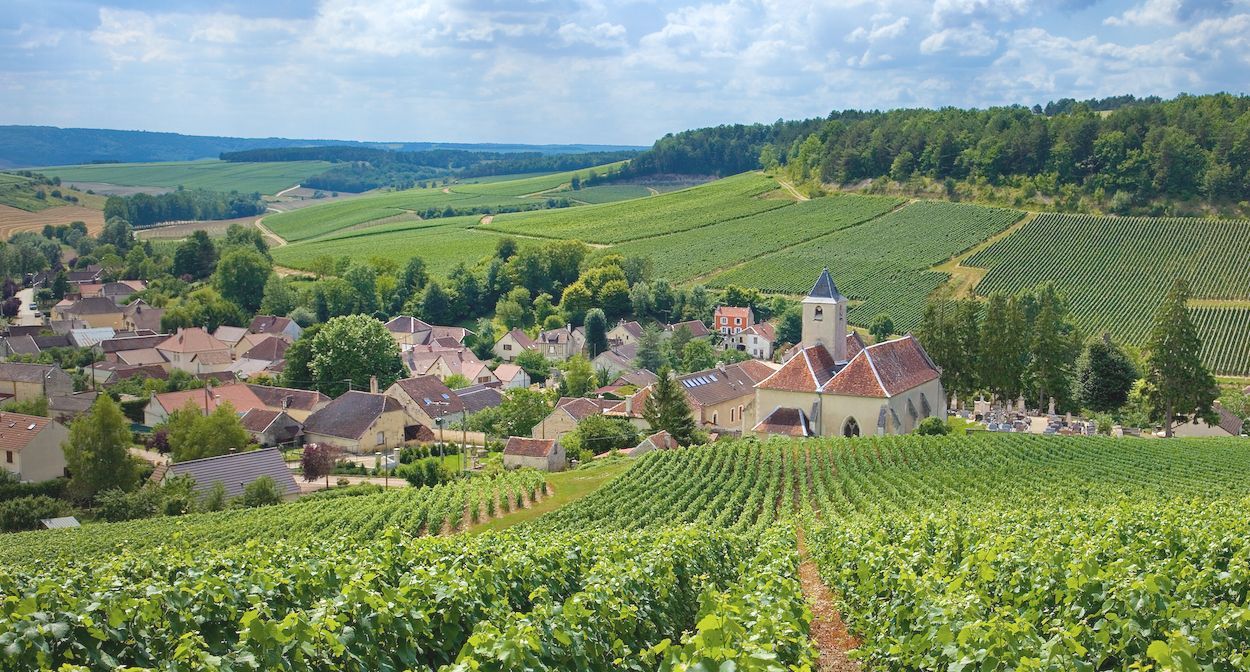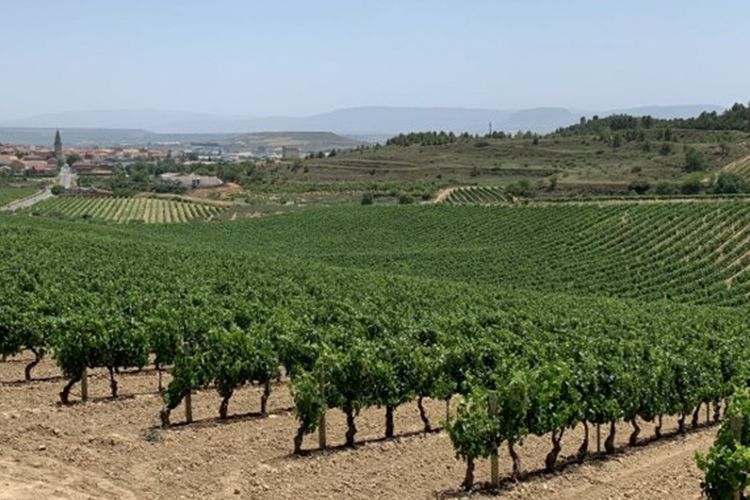Frugal MacDoogal Wine Team Visits Willamette Valley (Part 1)
In September I went on, possibly, my favorite wine trip ever, and I’ve had the privilege of taking some incredible wine trips all around the world. The trip was so amazing I hope you’ll excuse the length of this post and settle in with a coffee, or better yet, a glass of pinot noir and read from top to bottom. There’s a lot to take from the Willamette Valley- a lot to learn about the current state of pinot noir and chardonnay and a lot to learn about the direction in which pinot and chard are going. I think the Willamette Valley will be at the center of all the change, the movements, and the growing popularity of pinot and, just as notably, the exciting rebirth of American chardonnay.
I was lucky enough to get to go out for a week with two of my favorite people and spend time jumping from winery to winery learning the ins and outs of Oregon wine country. We lucked out with perfect weather and arrived at the most beautiful time of year when grapes hung full and ready on the vines, one week before harvest.
The wines were amazing, the views spectacular, and our hosts were so generous. The food was incredible, the little towns were perfectly quaint, the coast was jaw-droppingly epic, and our Airbnb in Newberg was dope. It was a relaxing week compared to wine trips I’ve taken in the past. We flew out on the 1st, visited 12 wineries over the following 6 days, spent one day and night in Portland, and landed back in Nashville late on the 9th.
Our appointments were perfectly spread out, as were the wineries- beautiful drives from each to the next. It reminded me more of Champagne than Napa, vineyards more spread out and strategic than crammed on top of one another. The valley is still made up of small farm towns and that culture hasn’t yet been, and hopefully never will be, stripped. Luckily for us, and them, tourists don’t yet outnumber locals.
It wasn’t only an informative learning experience and successful business trip, it was a much needed week of R&R before OND (October, November, December) our industry’s busiest time of year. It was such a great trip that it was hard to come back to Nashville.
If you’ve never been, you must add it to your list. It was my first time and I am already planning to return.
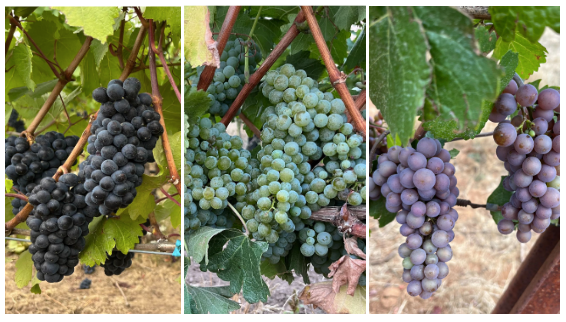
Willamette Valley Geology
I’ve been to wineries and spoken to winemakers and sellers in many of the most important wine growing regions in the world, but none of them were as into geology as the people we met in the Willamette Valley. It was one of the threads that wove every place we visited together. They love the history of their place, the ANCIENT history. By the time we left I felt like I could’ve written a book on geology ha.
I promise this won’t be that, but, like the Willamette Valley, I am going to start there- with the movement of rocks, the flooding of plains, and the exploding of volcanoes.
Here’s a summary.
Millions of years ago western tectonic plates collided pushing up volcanoes and forcing lava flows along the western coast. Those plates pushed up the Coastal Mountain Range (the Willamette Valley’s western border) then it bent down a large swath of land to the east and then up again to create the Cascade Range (the Valley’s eastern border) much like an accordion. Other tectonic activity, including that as far away as Yellowstone, flooded nearly all the Pacific Northwest, including the Willamette Valley, in lava that eventually hardened into volcanic basalt soils. These volcanic soils are the base of the Willamette Valley’s most famous Jory soils. These are the soils most sought after by grape growers, but there’s more.
Fast forward millions of years.
At the end of the last ice age, let’s say 15,000 years ago (different people say different lengths of time but 13k-15k is generally accepted), the giant ice dam that kept lake Missoula in Montana intact, melted and gave way. An insane amount of water poured west and eventually completely flooded the Willamette Valley, filling it up, creating what we now refer to as Lake Allison. This actually happened a few times, but as the valley flooded the soil that was carried by the water settled into the valley. And then as it slowly drained, these rich sedimentary marine soils were left. This marine soil covers much of the valley until you get up above the flood line where you’ll find those old volcanic soils. Abi, our host at Patricia Green, described it as a “bathtub ring” around the valley. That ring is where the vineyards are planted. This description made it click. It all made sense to me after that. Most of the valley floor is covered in farms and plants, but not grapes (mostly grass seed, apples, and other staple crops). Not only is the elevation sought after for well drained soils, diurnal shift, concentrated sunlight, etc. elevated places are planted with vines for this volcanic soil specifically.
There are other types of soils and important geologic features but the Missoula Floods and the Jory Soils were a main talking point at each location and can be found from Portland to Eugene from Coastal Range to Cascades.
The other main thread that we quickly learned was woven throughout each and every winery was that of biodynamic practices. I’ve talked about it many times before so I won’t get into the weeds, but in the Willamette valley it is not only accepted but expected. And I’m not talking organic, kinda biodynamic, I’m talking cow horns full of shit, deer bladders filled with flowers or metals hanging from trees, on property composting, 50-50 rule (not more than half of a property is planted), following the cycles of the moon - all out biodynamic. Growers and winemakers are hands on, they care not only about the wine but the land, and it shows.
It was hard to decide which wines and wineries to talk about, since everyone was exceptional. But to avoid writing a 50 page blog, I chose three wineries to focus on, with small notes and pics of the others. These weren’t necessarily our overall favorites. I just think they give a well rounded glimpse into the valley as a whole. These are also the three wines I put into my Preston’s Picks wine club box this month. If you’d like to get wines and write ups like this delivered to your door every month then follow the link and sign up! It’s also a great gift idea and with the holidays quickly approaching you might as well start checking off that to-do list 😉
https://www.frugalmacdoogal.com/wine-club
I wanted to show you the range of what the valley has to offer and thus am sharing the three main varieties planted in the valley - Pinot Noir, Chardonnay, and Pinot Gris (shown above on the vine in that order- PN at Cristom, chard at Domaine Serene, and PG at King Estate).
Most winemakers told us they were about a week away from harvest. As you can see, the grapes were full and juicy! I hope you love these wines and the stories of the wineries they came from. Bang for the buck they are undefeated. If you love them, come in and I’ll show you some of the others. We can do a tasting through the valley. If you didn’t get these delivered to your door, come in or give me a call and we’ll set you up.
At the end of this blog (part 6) there is a comprehensive list of all the wines we tasted with my notes and scores. Continue on to read short pieces about some incredible stops on our trip.
The Wine Press
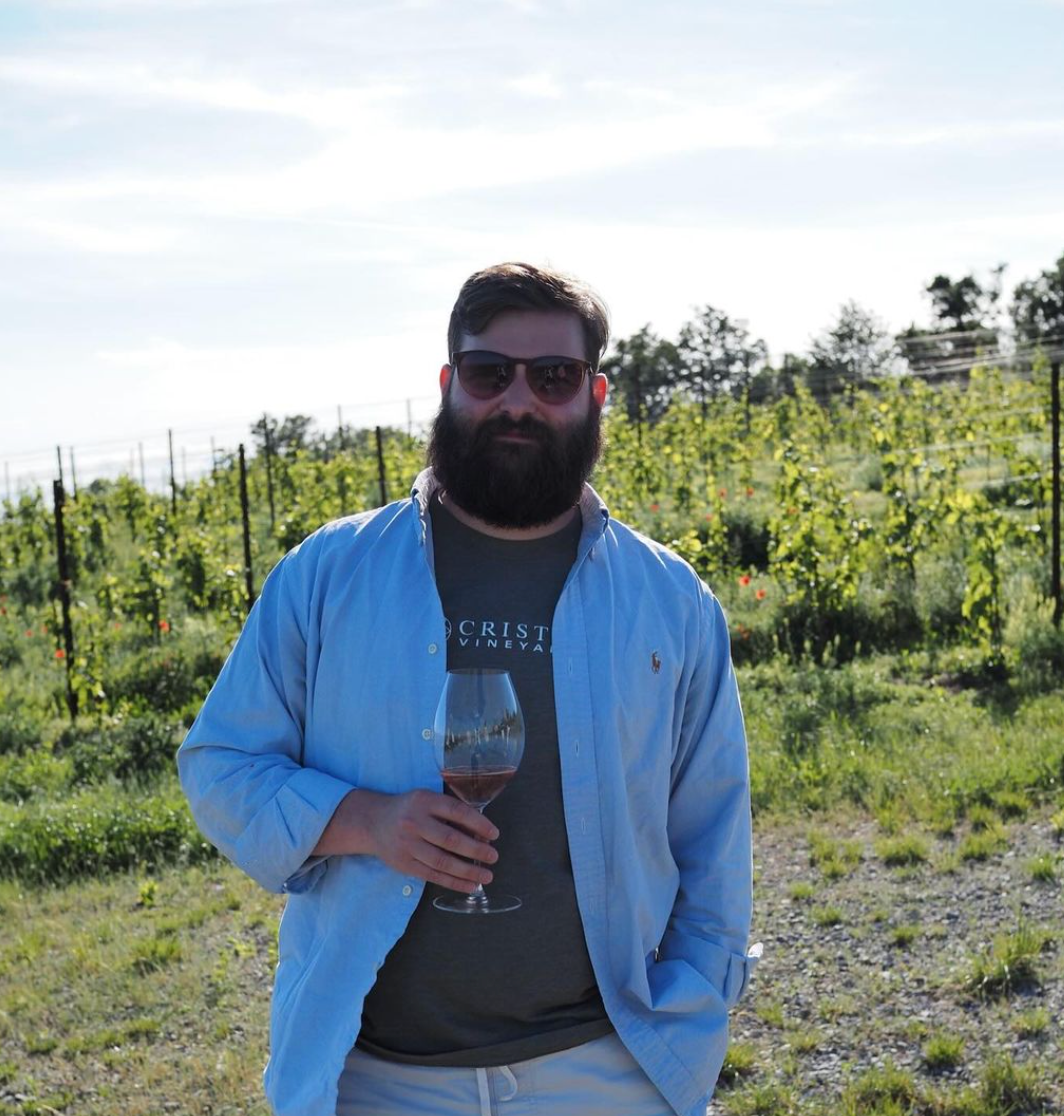
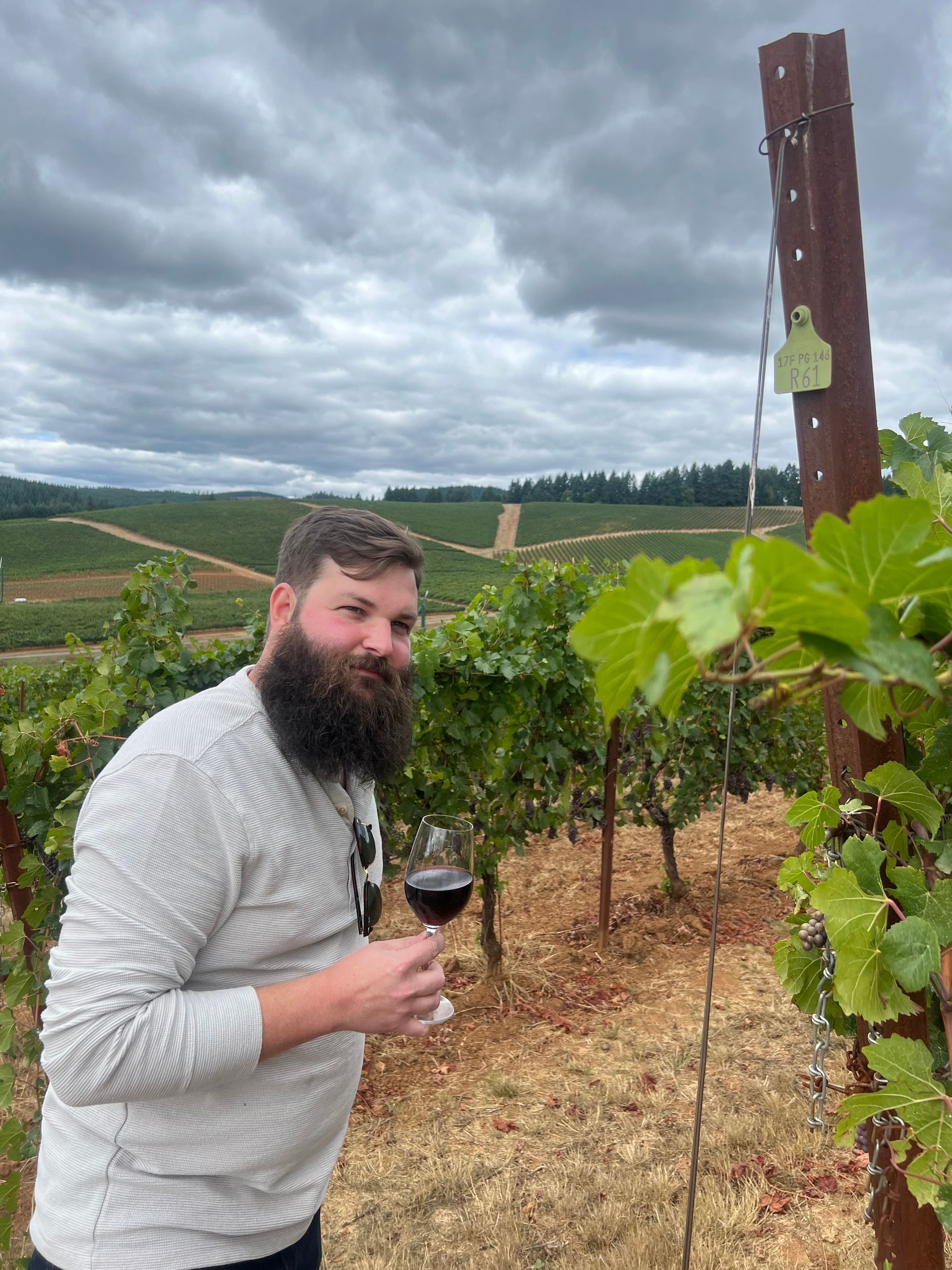

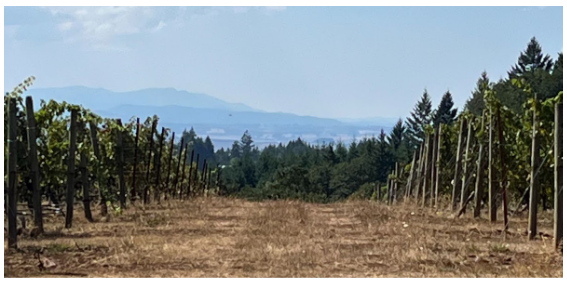
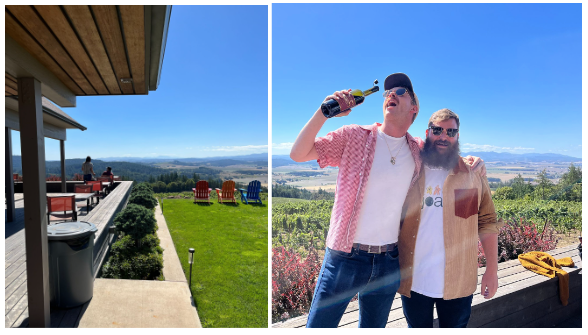
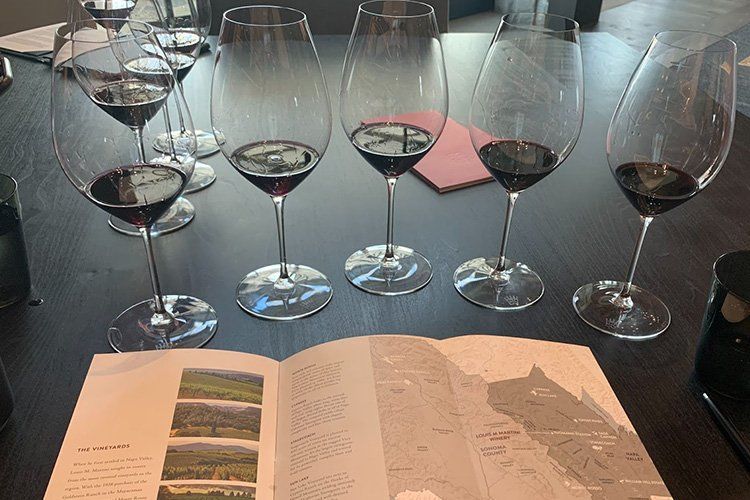
Store Hours
Mon - Thu: 9am - 9pm
Fri - Sat: 9am - 10pm
Sun: 10am - 6pm
Customer Feedback
All Rights Reserved | Frugal MacDoogal | Privacy Policy


